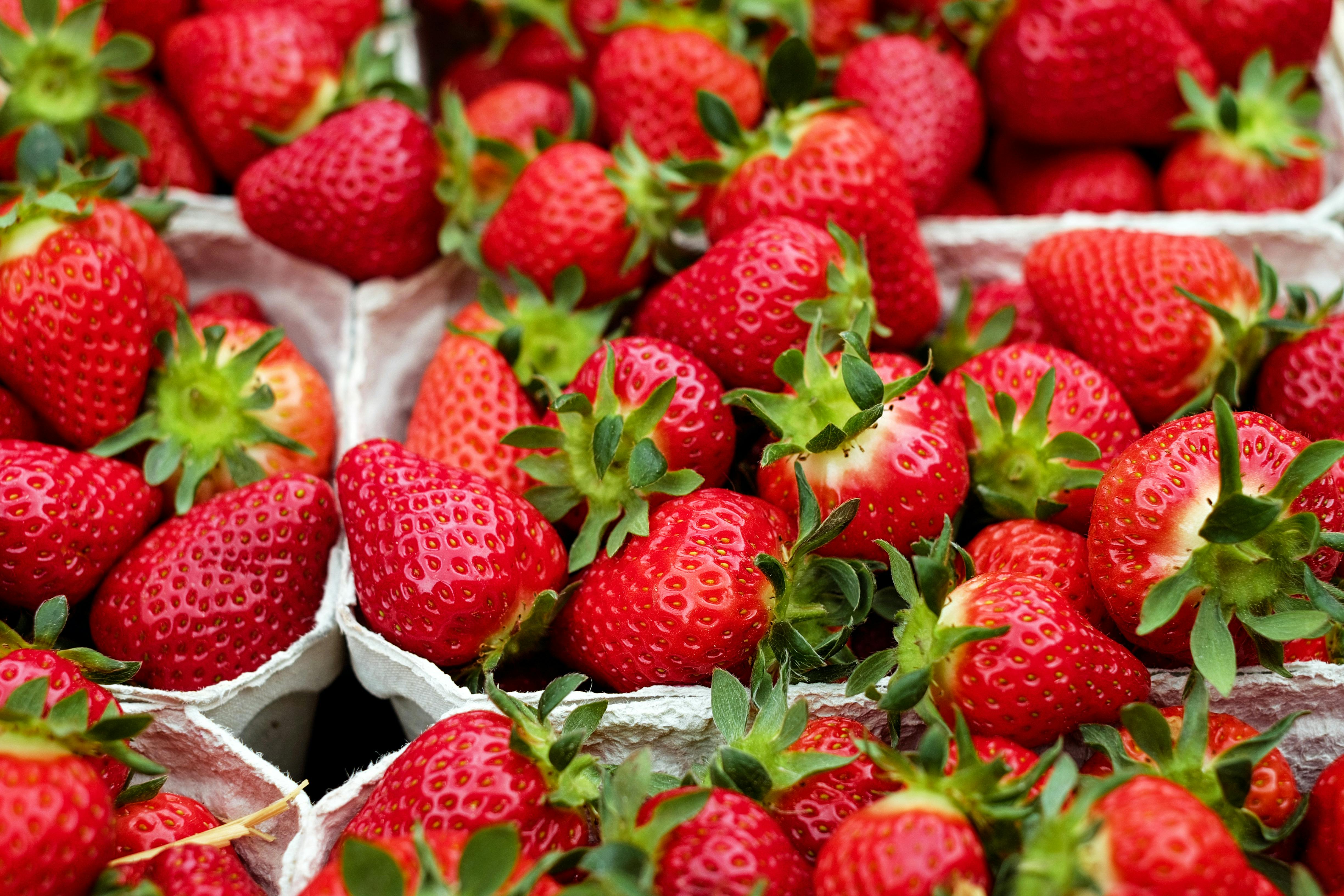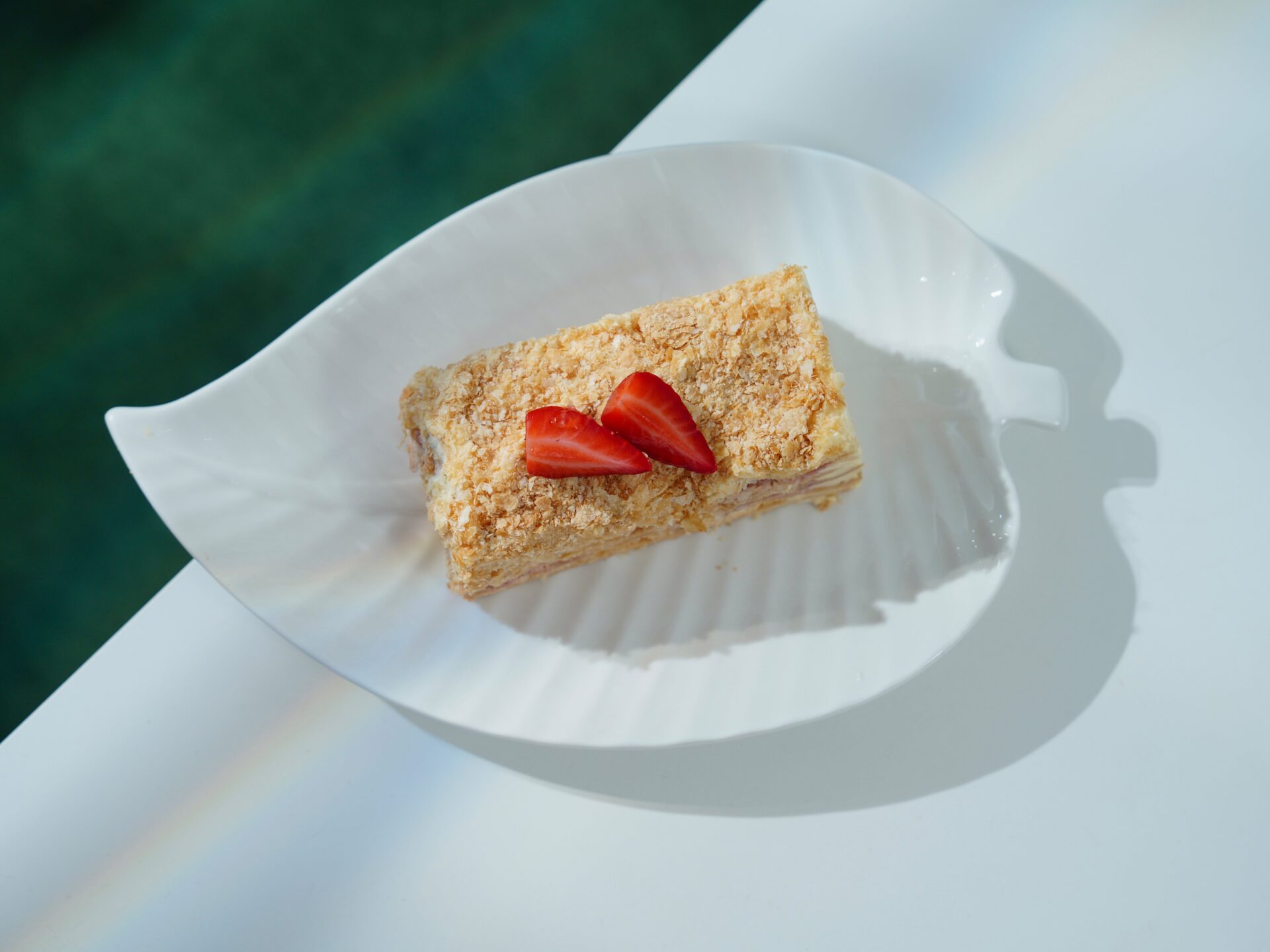If you want to grow strawberries in your garden or in a pot, you will need to learn how to properly repot strawberries. Repotting is the process of transferring a strawberry plant from one container to another, usually when it has outgrown its current pot. This guide will provide you with the information and steps needed for successful repotting of strawberries.To repot strawberries, you will need a pot or container that is at least 10 inches in diameter, a high-quality potting soil, a trowel or scoop for digging and transferring the soil, and some gloves to protect your hands. You will also need scissors or pruning shears to cut away any dead or damaged leaves from the strawberry plants. Finally, you may want to have a spray bottle of water on hand to help keep the soil moist as you work.
Preparing the New Pot for Repotting Strawberries
Repotting strawberries is a great way to promote healthy plant growth. To ensure a successful repotting experience, it’s important to properly prepare the new pot before transplanting your strawberries. The first step is to make sure the pot is clean and free of debris. This can be done by using a brush or cloth to clean the inside of the pot and wiping down the outside with a damp cloth. After cleaning, you should place some drainage material such as gravel or rocks at the bottom of the pot. This will ensure that any excess water drains away from your strawberry plants and doesn’t cause them to become waterlogged.
Next, you will need to fill your new pot with soil. You may choose to use a pre-mixed soil blend or create your own mix using different types of soil, such as sand, compost, and topsoil. When adding soil, be sure not to pack it too tightly as this can impede drainage. Finally, you should add some fertiliser such as aged manure or composted leaves to help provide essential nutrients for your strawberry plants.
Once you have finished preparing the new pot for repotting strawberries, you are ready to start transplanting your plants. Follow these steps and you will be sure to have healthy strawberry plants that produce delicious fruit in no time!
Removing the Strawberry Plant from Its Old Pot
Removing a strawberry plant from its old pot is an important step in keeping the plant healthy. Before you begin, you’ll need to gather some supplies such as gloves, sharp pruning shears, and a new pot. It’s also important to choose a pot that is large enough to accommodate the roots of the strawberry plant and has adequate drainage.
Once you have your supplies ready, it’s time to start removing the strawberry plant from its old pot. Start by gently squeezing the sides of the pot and tipping it upside down. If necessary, tap on the bottom of the pot with your hand or use a blunt object such as a spoon or spatula to help remove the plant. If the roots of the plant are tightly bound in the old soil, gently loosen them before removing them from the pot.
Once you have successfully removed the strawberry plant from its old pot, it’s time to move it into its new home. Carefully place it in its new pot and fill it with fresh soil or compost mix. Make sure that you leave enough room for water to drain through and that there is adequate air circulation around the roots of your new strawberry plant. Finally, water your new strawberry plant thoroughly and enjoy watching it thrive in its new environment!
Trimming the Root Ball of the Strawberry Plant
Trimming the root ball of a strawberry plant is an important part of maintaining healthy plants. It helps to ensure that the plant has enough space to grow and that all nutrients are being delivered to the roots efficiently. When trimming the root ball, it is important to take care not to damage any of the roots or stems. A sharp pair of pruning shears or scissors is best for this job.
Begin by removing any dead or diseased leaves, stems, and roots from the root ball. Be sure to cut away any roots that have become entangled with each other. If there are any large clumps of soil, break them apart gently with your hands.
Once you have removed all dead or diseased parts, you can begin trimming away excess soil from around the base of the plant. Start by using a trowel to remove soil around and between each individual root. This will help ensure that all nutrients are being delivered directly to them. Be sure not to dig too deeply as this could damage some roots.
Once you have removed excess soil around each individual root, you can begin trimming away any long or overly thick roots with your pruning shears or scissors. Cut these back so that they are even with the sides of the root ball and no longer than three inches in length. Doing so will help prevent overcrowding and encourage new growth on other parts of the plant.
Finally, once you have trimmed away excess soil and long roots, give your strawberry plant a good watering and make sure it’s in a well-draining container if grown in a pot. This will help keep your plant healthy for many harvests!
Repotting a Strawberry Plant in Its New Pot
Repotting a strawberry plant in its new pot is an important task to ensure its growth and health. Before beginning the repotting process, it’s important to make sure that the pot you are using is the correct size and shape for the plant. The pot should be wide enough to allow for adequate root growth and should also have adequate drainage holes. It’s also important to choose a potting soil mix that is suitable for growing strawberries.
Once you have selected the right pot, you can begin repotting your strawberry plant. Start by gently removing the plant from its old pot, taking care not to damage any of the roots in the process. Inspect the roots carefully for any signs of disease or damage, and trim away any dead or damaged roots before repotting. If necessary, prune back some of the top growth to keep it from becoming overcrowded in its new home.
Fill your new pot with a fresh layer of pre-moistened soil mix and create a shallow basin or depression in the center of the soil mix. Place your strawberry plant into this depression and carefully spread out its roots over the top of it. Fill in around the sides of the plant with more soil mix, making sure that there are no air pockets between soil and root mass. Gently press down on top of the soil mix around your strawberry plant to make sure it is securely planted in place.
Water your newly potted strawberry plant thoroughly so that all of its roots are evenly saturated with water. Make sure that excess water drains freely from your new pot after watering, as too much standing water can cause root rot issues for your strawberry plant. After watering, add a layer of mulch on top of your newly potted strawberry plant to help retain moisture in its soil while keeping weeds away from it as well.
With proper care and maintenance, your newly potted strawberry plant should begin producing healthy fruit within a few months time!

Watering and Feeding a Newly Repotted Strawberry Plant
Watering and feeding a newly repotted strawberry plant is an important part of ensuring its long-term health. Proper watering and feeding will help promote healthy growth, encourage fruit production, and help prevent diseases. When watering your newly repotted strawberry plant, it is best to use room temperature water so that the roots do not experience too much shock. Water the soil around the plant until it is moist but not saturated. Once the soil has had a chance to dry out slightly between waterings, you can begin to feed your strawberry plant with a balanced fertilizer. A fertilizer high in nitrogen will help promote leaf growth and a fertilizer high in potassium will help promote fruit production. Be sure to read the instructions on the packaging of your fertilizer before applying it, as over-fertilizing can cause damage to your plants.
Transplanting Strawberries in the Ground
Transplanting strawberries in the ground is an easy task that can be completed in a few simple steps. You will need to purchase or collect strawberry plants, prepare the soil, and then transplant them into the ground. Once the plants are established, they should produce an abundance of delicious strawberries for many years to come. Here’s what you need to do:
1. Purchase or collect strawberry plants from a local nursery or garden center. Look for plants that are healthy and free of disease and pests. It is best to purchase plants that are at least 6 inches tall with strong root systems.
2. Prepare the soil by digging holes approximately 8 inches deep and 12 inches wide. Mix some compost into the soil to help promote growth and add nutrients.
3. Place the strawberry plants in the prepared holes, making sure that the crown of each plant is level with or slightly above ground level. Firmly press down on the soil around each plant to secure it in place.
4. Water thoroughly after transplanting, making sure that all of the roots are moistened. Continue watering regularly throughout the season, especially during dry periods.
5. Spread a layer of mulch around each plant to help retain moisture and prevent weeds from growing. This will also help keep fruit off of wet soil, reducing the risk of disease and rot.
Following these steps will ensure successful transplanting of your strawberry plants into the ground so you can enjoy a bountiful harvest for many years to come!
Caring for a Newly Planted Strawberry in the Garden
The planting of strawberry plants is an exciting time for any gardener. Not only do these delicious fruits make a great addition to any garden, but they also require special care to ensure a bountiful harvest. To ensure success, it is important to properly care for a newly planted strawberry in the garden.
When planting strawberries, it is important to ensure that they are planted in an area with plenty of sunlight and well-drained soil. Planting them too deeply can suffocate the roots and prevent them from taking in the necessary nutrients. Additionally, be sure to water the soil well before planting and mulch around the plants afterwards to help conserve moisture and reduce weeds.
Strawberries need regular watering throughout their growing season, especially during dry spells. Water them deeply but not too frequently since over-watering can lead to root rot or other diseases. Additionally, fertilizing your strawberry plants with an all-purpose fertilizer once a month will help keep them healthy and productive.
Another important aspect of caring for newly planted strawberry plants is pruning or pinching off any flowers that appear during their first season. This allows the plant to focus its energy on developing strong roots instead of producing fruit that will not be harvested until next year. Additionally, removing any damaged leaves or stems will help improve air circulation and reduce disease risk.
Pest management is also critical when caring for newly planted strawberries in the garden. Inspect your plants regularly for signs of pests such as slugs, aphids, or caterpillars and take action as soon as you spot any infestations. If left unchecked, pests can quickly decimate your crop!
Finally, be sure to keep your strawberry bed free from weeds by regularly weeding out any unwanted vegetation throughout the growing season. Weed control helps keep your strawberry plants healthy by providing them with ample space for growth and allowing them access to all the necessary nutrients they need.
With proper care, newly planted strawberry plants can produce sweet fruit for many years! By following these simple tips you can ensure a successful harvest each year!

Conclusion
Repotting strawberries is an important part of their care. It helps to keep the plants healthy and gives them more room to grow. Repotting also ensures that you don’t have overcrowded pots or trays, which can cause disease. It’s easy to repot strawberries once you know the steps outlined in this article: be sure to use a sterile potting mix, water the plants well, and top-dress them with organic mulch. By following these simple steps, you can ensure that your strawberry plants remain healthy and are able to produce a plentiful harvest for many years to come.
Happy gardening!



